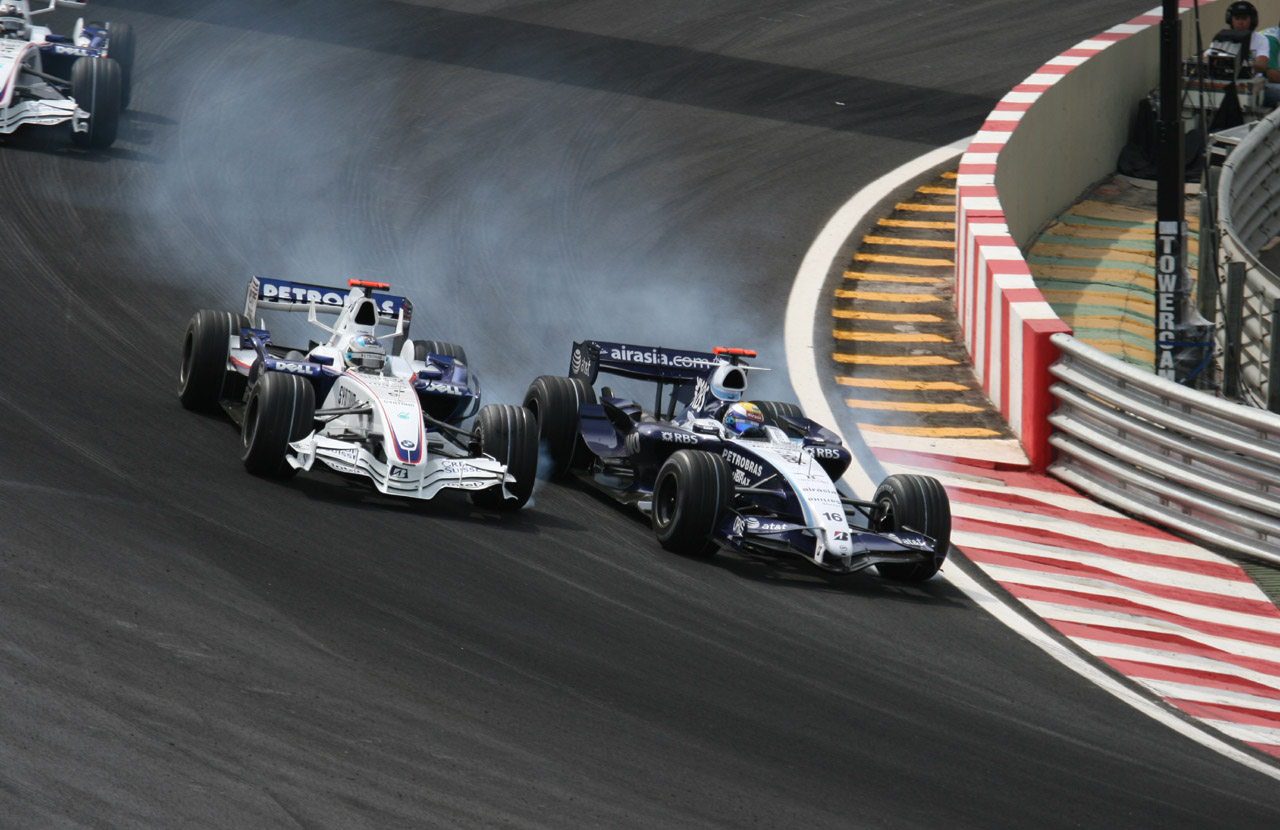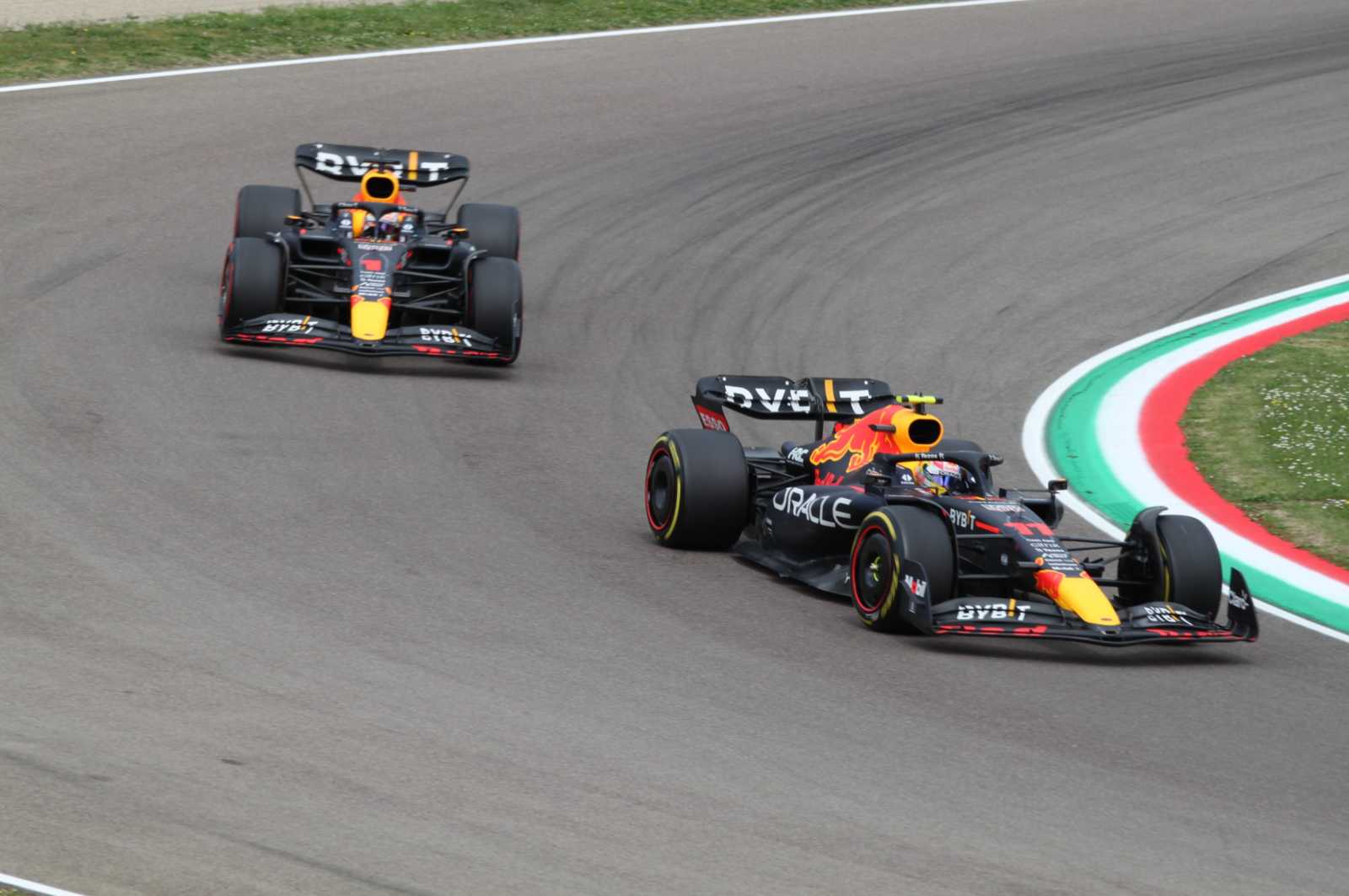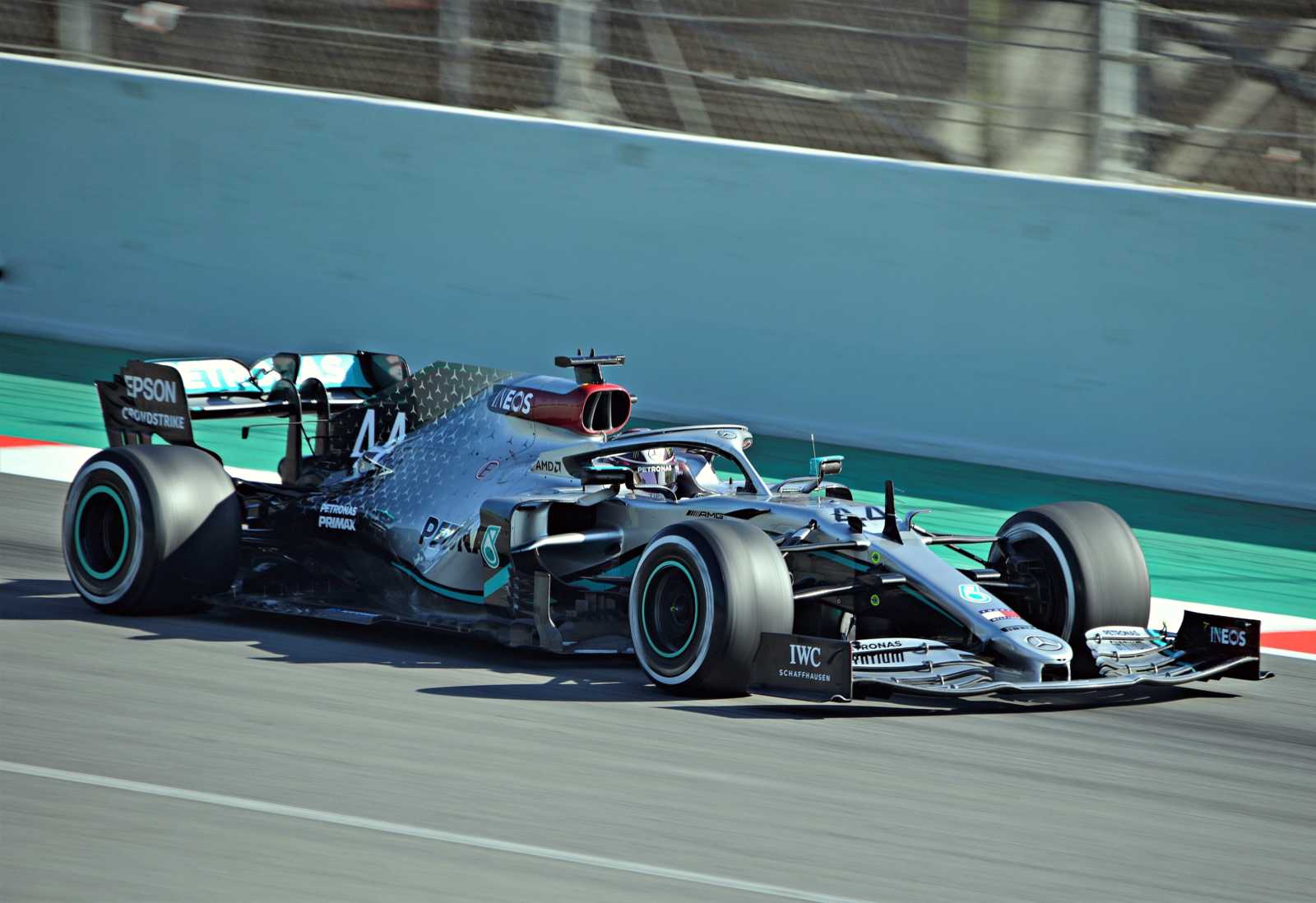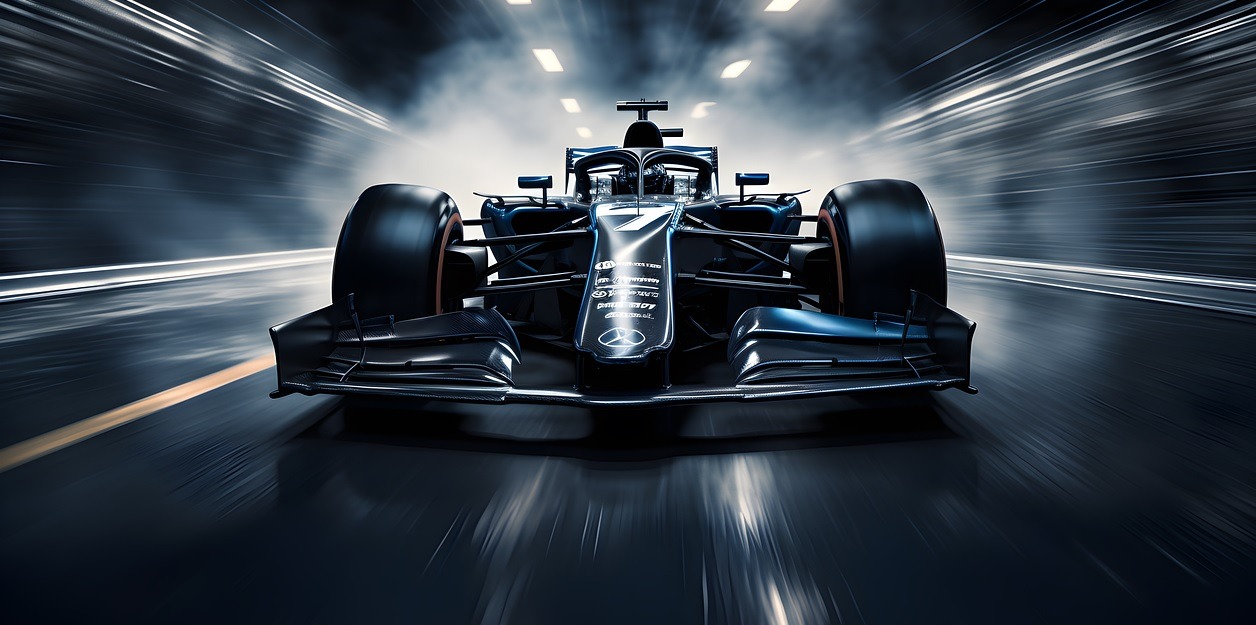'If everything seems under control, you're not going fast enough.' Mario Andretti
Rephrasing Mario Andretti’s famous quote, a Formula 1 car has to be as fast as its driver to be on the edge of losing control. But where is that limit, and how fast do Formula 1 cars go? However, Andretti didn’t clarify. Therefore, let’s delving the figures to explore the F1 speed limit recently, where going fast is enough.
Let’s start subtly.
Among the world racing championships, Formula 1 sets its top as the fastest sport for a reason. I figured it out when comparing the speed of different race cars in various disciplines under the FIA’s regulation.
One of my insights is that all motorsport cars race with nearly 200 km/h on average, while in Formula 1, these run faster at 100 km/h than others! And only IndyCar outperforms all the others, although it is another story.
What Is The Average F1 Speed Recently?
The average F1 speed or the pace of its cars is 200 km/h, which is a constant, although it varies significantly from one race track to another.
Remember, F1 cars go at the slowest Monaco with 164 km/h average, which Lewis Hamilton showed at the wheel of Mercedes in 2021, and it is 100km/h slower than at the fastest Silverstone.
At the Silverstone (British Grand Prix), drivers race at an average of 243 km/h and can reach about 252 km/h at the median speed at the Jeddah Corniche Circuit (Saudi Arabian Grand Prix).
The truth is that no one purposely quantified the F1 top speed outside the manufactory because it is a trade secret and challenging to arrange. Although, the attempt was already made.
What Is The Maximum Ever Speed Of The F1 Car?
The so-called ‘Bonneville 400’ was one of the strangest projects outside Formula 1’s activities. The Bar Honda team attempted to meet the fastest-ever possible speed record of the F1 car in 2005. They rushed to break the record by exceeding the 400 km/h limit. How do you think did they succeed?
Yes and no.
According to the Bar’s data, their modified BAR 007(RA106), but fully compliant with FIA’s regulations F1 car, hit 413 km/h in the Mojave Desert.
However, the sanctioned record at the Bonneville Salt Flats in the USA was only 397 km/h. As they say in the classics, go figure.
But it is what it is, and 397 km/h is the official F1 top speed record for any car ever made, even though it was set off the track.
So, as limits, we have a range from 200 to 397 km/h.

What Is The Top Speed In F1?
Back to the pace in terms of the circuit, Juan Pablo Montoya holds the official speed record in Formula 1.
In 2005, Montoya hit 372.6 km/h at the wheel of the McLaren Mercedes car at the Monza circuit. He set it during practice for the Italian Grand Prix.
As for the speed limits in the race, Valtteri Bottas holds another top. Bottas reached 372.5 km/h at the wheel of the Williams during the 2016 Mexican Grand Prix.
Thus, Montoya’s 372.6 km/h remains an unreachable mark to this day despite the efforts that have been made. In the same 2016, Bottas accelerated to 378 km/h, as announced by Williams on Twitter, but the FIA rejected it, stating that the actual speed was only 366.1 km/h.
Something tells me that the mark will remain because the latest cars in Formula 1 have become slower. However, as soon as we figure out the top and possible speeds, let’s check for the current pace in Formula 1.
How Fast Do Formula 1 Cars Go Recently?
In the 2020s, F1 car goes 200-350 km/h and rarely hits over 350 km/h. Although it depends on the track’s layout, the driver accelerates 330km/h at straights and corners at 250km/h on average.
Delving into the proofs.
So, at the start/finish straight at Monza, drivers reach 359 km/h, but it is Monza, and that says it all.
According to a Scuderia Ferrari Fans source, Kevin Magnussen hit 355 km/h at the wheel of Haas at the 2023 Baku Grand Prix race.
Williams driver Logan Sargeant recorded another fantastic speed – 356 km/h on the 2023 Belgian Grand Prix, as Scuderia Ferrari Fans noted.
And, again, it was made at the wheel of a mid-grid Williams car. So, among the top speed marks, often you can find Williams or Haas cars’ mentions. Does it mean that Red Bull, Ferrari, or Mercedes F1 cars are slower than those from mid-grid? Not at all.
The Red Bull F1 car’s top speed is about 345 km/h. It is the same as Mercedes and Williams, while Ferrari F1 cars can reach about 350 km/h!

What Is the Fastest Car in Formula 1?
So, despite all F1 cars’ performance depending on the settings, all those run at one-speed field – 345 km/h. Then, how did slow Williams hit 356 km/h in Belgium?
The fastest car on the grid is the one that performs better at every point on the track, including corners and chicanes.
The bottom-grid teams, such as Alpine, Sauber, Williams, and Haas, bet on their strongest side – maximum speed. So, by improving this point, the slow Williams reduces the gap to the others, running fast on the straights but struggling at the other points of Spa-Francorchamps.
Front-runners Ferrari, Mercedes, and Red Bull don’t need 356 km/h, as their cars are fast overall when accelerating, braking, and cornering. So when you look at Red Bull’s speed in the Belgian Grand Prix, you will find Max Verstappen hasn’t been equal.
So, while speed is critical in Formula 1, success revolves around the F1 car’ overall performance.
What Makes A Formula 1 Car Go So Fast?
The primary factors that directly impact are acceleration, aerodynamics, and DRS. The weight and grip also make a difference, but secondarily.
Weight in Formula 1 is strictly regulated, while the grip changes at different tracks and weather conditions.
How Fast Do Formula 1 Cars Accelerate?
Acceleration helps to reach top speed rapidly and maintain the F1 car’s pace around the corners.
Currently, F1 cars accelerate from 0 – 100 km/h in 2.4 seconds, 0 – 160 km/h in 3.4 seconds, 0-200 km/h in 4.8 seconds, and from 0-300 km/h in 8.6 seconds.
Thus, with 23 turns, like Marina Bay Street Circuit in Singapore, the advantage goes to the best-accelerated cars. That is why Red Bull has the most wins here.
Remarkably, alongside the great acceleration, the brake system of the F1 car also works pretty well. So, it takes 4 seconds for an F1 car to stop from 300 km/h.
Another matter is that the driver gets bearings as fast as his car.
The Aerodynamic Effect On Speed
The aerodynamics doesn’t directly increase the F1 car’s speed but improves the downforce. How fast do Formula 1 cars go if not its aerodynamic suits?
Someone guessed it wouldn’t go over 260 km/h, as the specific elements add about 10% to the downforce!
The Impact Of Weight To Formula 1 Car’s Speed
Weight in Formula 1 is limited, and all the teams use the gold standard, meeting the minimal threshold of 798 kg. However, an extra 10 kgs may cost an additional 0.5s in lap time.
Therefore, current F1 cars have primary black patterns. In pursuit of making the car lighter, the constructors limit the painting.
DRS
Last but not least is the Drag Reduction System in Formula 1. Despite DRS being enabled in the special zones, opening the rear wing gives the driver an extra 15 km/h.

Takeaways
The Formula 1 car speed is not the result nor the reason, but the mix of lightweight, designed aerodynamics, performed DRS, powerful unit, and fast acceleration.
So, though all the cars at the grid can go as fast as to reach 350 km/h, each one has unique indicators, resulting in someone finishing first while the other one lags for the lap.
Although the answer about F1 speed limits lies in the field between 200 and 350 km/h, the 400 km/h mark wasn’t ever reached, despite the efforts and experiments.
So when Mario Andretti said his famous words, I think he exactly meant the 350-400 km/h that current and possible speed records can be set at. However, this is a fast enough limit where a driver can lose control so quickly.
References
- Formula 1 Dictionary ‘Aerodynamics of F1.‘ https://www.formula1-dictionary.net/aerodynamics_of_f1.html
- Pirelli & C. S.p.A. ‘FIVE FAST FACTS ABOUT THE MONACO GRAND PRIX‘ (2024) https://www.pirelli.com/global/en-ww/race/racingspot/formula-1/five-fast-facts-about-the-monaco-grand-prix-75499/
- Racecar Engineering ‘Bonneville 400‘ (August 5, 2008) https://www.racecar-engineering.com/articles/bonneville-400/
- Wikipedia ‘Monza Circuit‘ https://en.wikipedia.org/wiki/Monza_Circuit
- SCUDERIA FANS ‘Top speed analysis from Baku: Ferrari the slowest | 2023 F1 Azerbaijan GP‘ (April 30, 2023) https://scuderiafans.com/top-speed-analysis-from-baku-ferrari-the-slowest-2023-f1-azerbaijan-gp/
- SCUDERIA FANS ‘2023 F1 Belgian GP top speeds compared (with and without DRS): Ferrari closes gap to Red Bull.‘ (August 8, 2023) https://scuderiafans.com/2023-f1-belgian-gp-top-speeds-compared-with-and-without-drs-ferrari-closes-gap-to-red-bull/


Leave a Reply